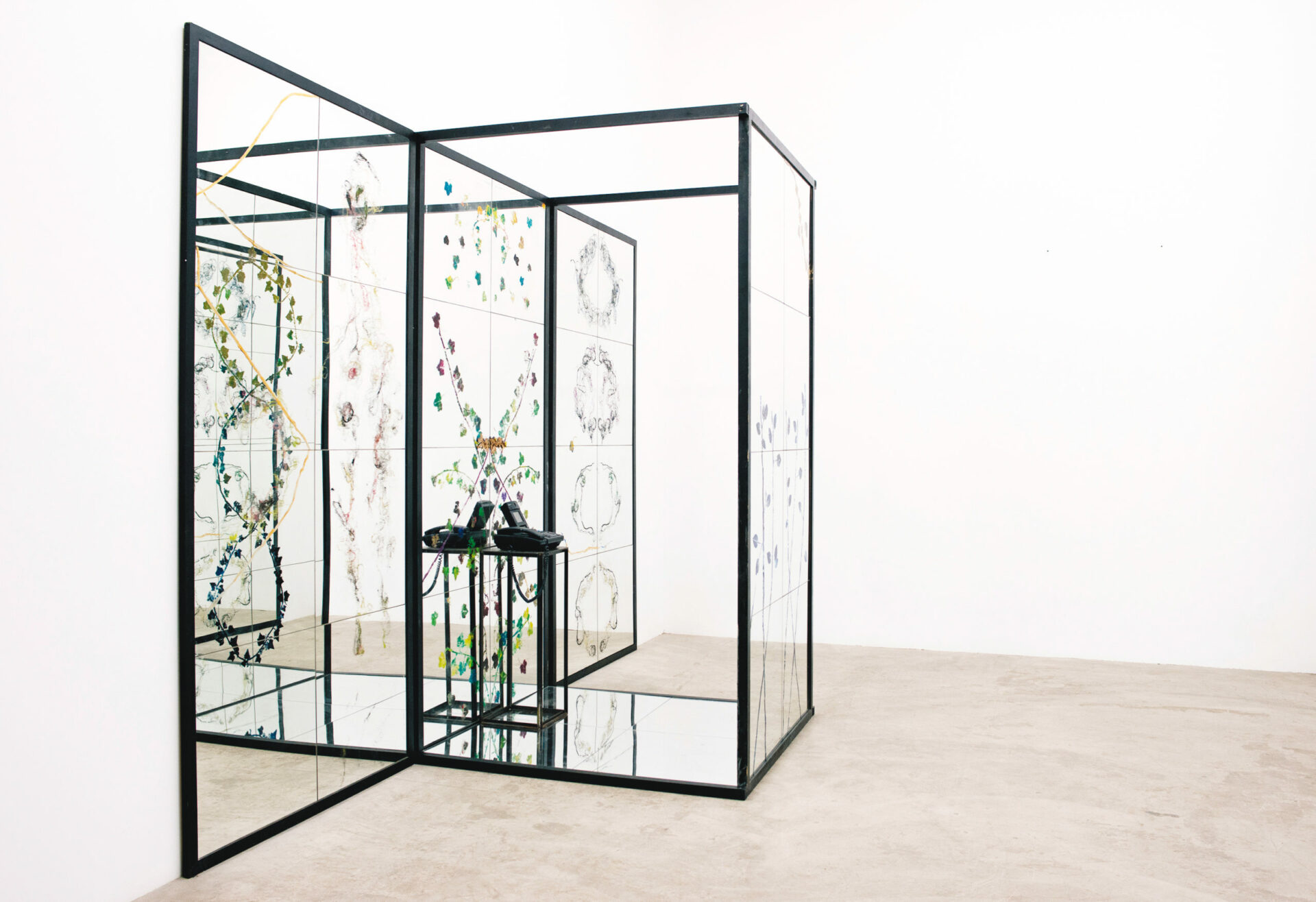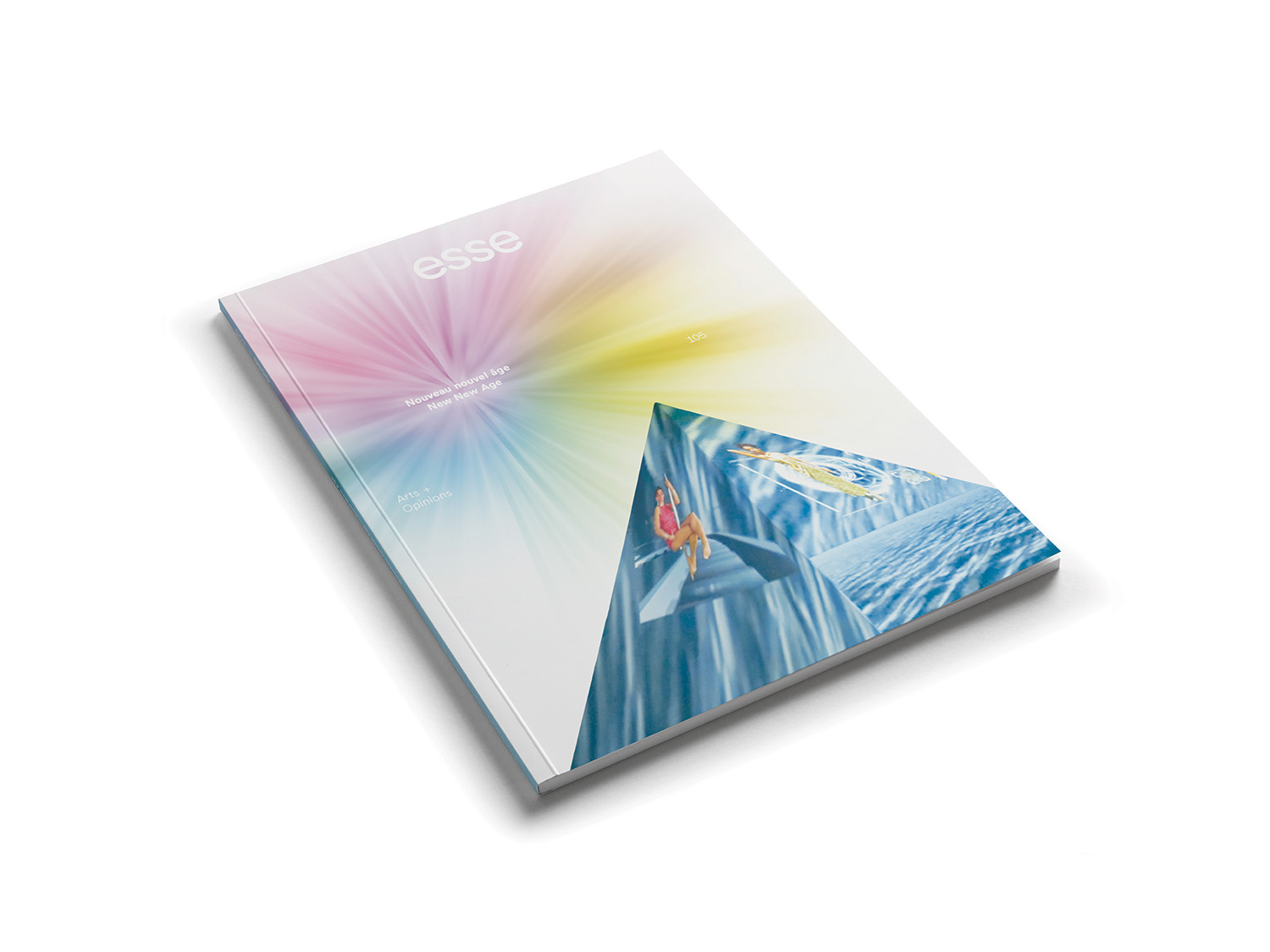
Hectic cycles. A conversation with Chrysanne Stathacos
There are tangible connections between witchcraft and illness. Since time immemorial, humans have attempted to cast off disease through rituals in which the spirits are consulted, and substances, remedies, tinctures, and herbs are used. These practices come to form social spheres — spheres that invoke the tightly-knit artist communities of the 1980s and 1990s that suffered the loss of many members. The brutal pandemic generated ongoing parallels between spiritual and artistic practices. Now, at the projected end of another pandemic, and with yet another resurgence of the metaphysical and holistic in the art world, this conversation touches on practice, witchcraft, and healing for the moment.
